| Structure | Name/CAS No. | Articles |
|---|---|---|
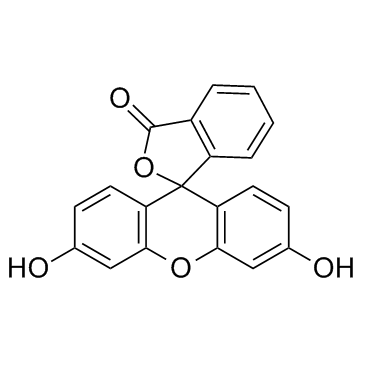 |
Fluorescein
CAS:2321-07-5 |
|
 |
Formaldehyde
CAS:50-00-0 |
|
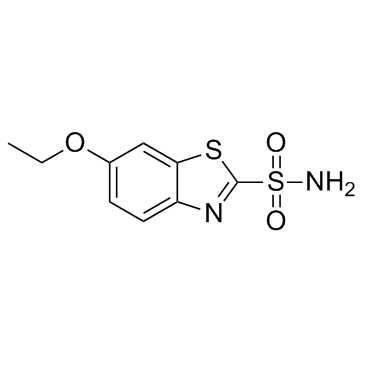 |
Ethoxzolamide
CAS:452-35-7 |
|
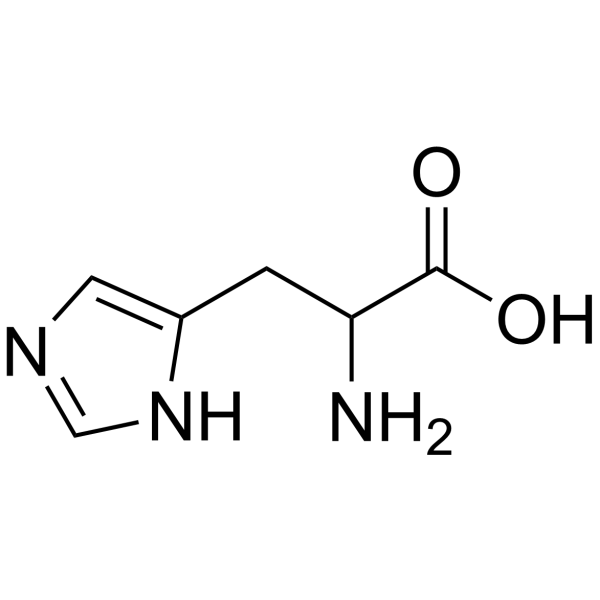 |
DL-Histidine
CAS:4998-57-6 |
|
 |
Tricaine methanesulfonate
CAS:886-86-2 |
|
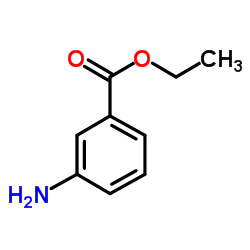 |
Tricaine
CAS:582-33-2 |
|
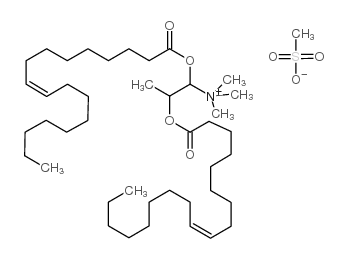 |
DOTAP Transfection Reagent
CAS:144189-73-1 |
|
 |
DL-Alanine
CAS:302-72-7 |